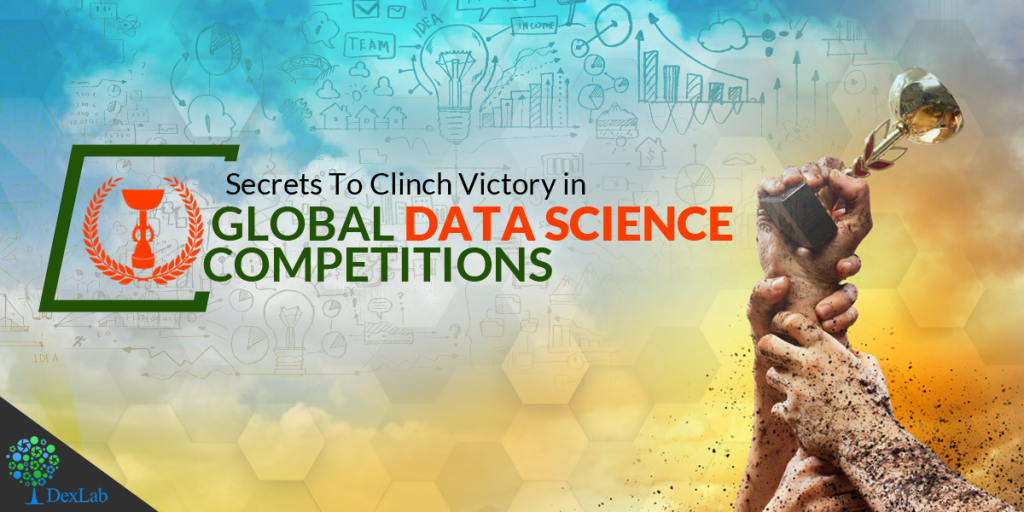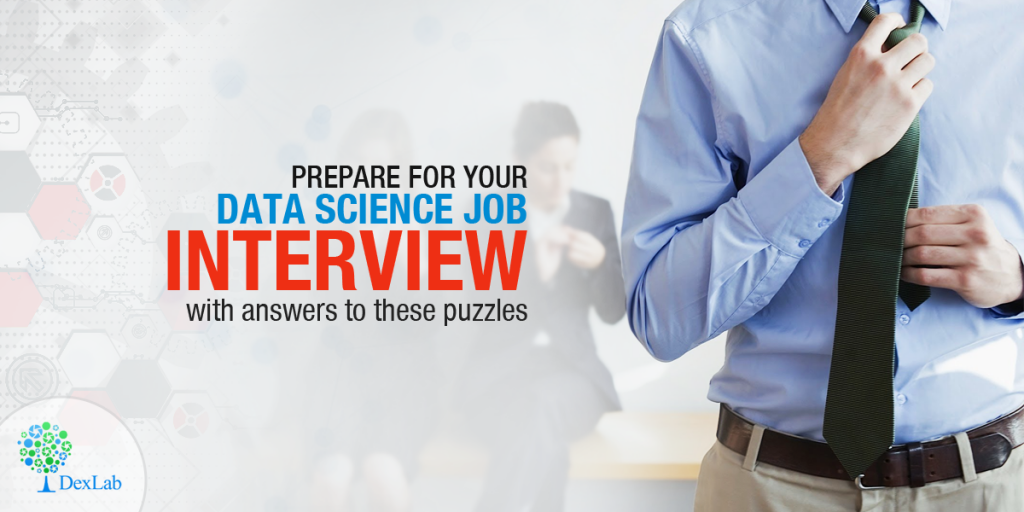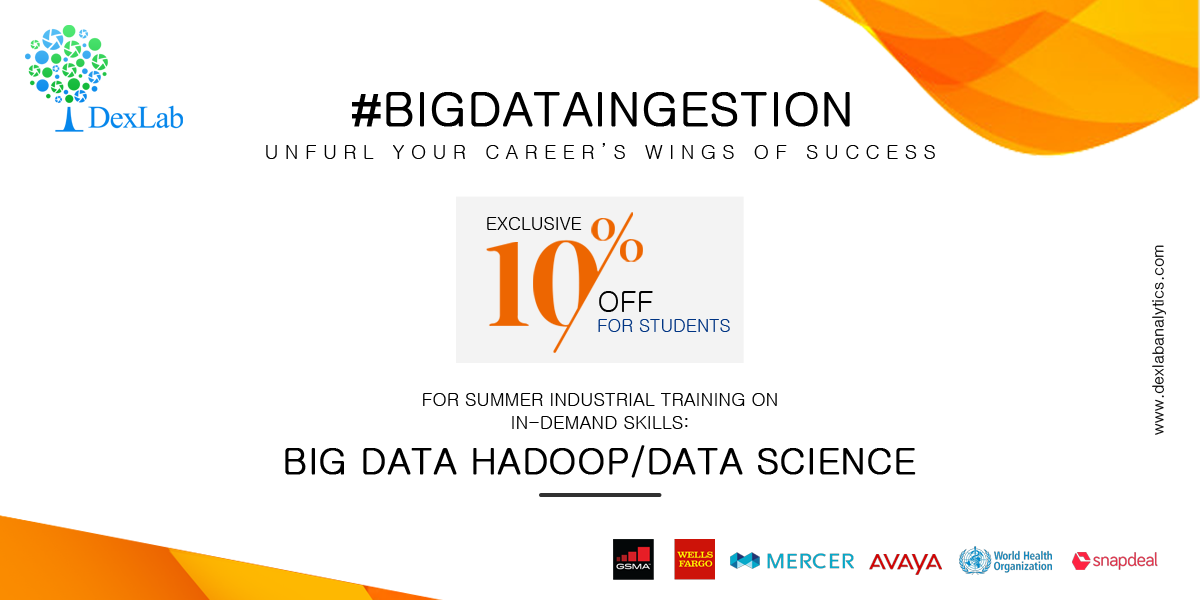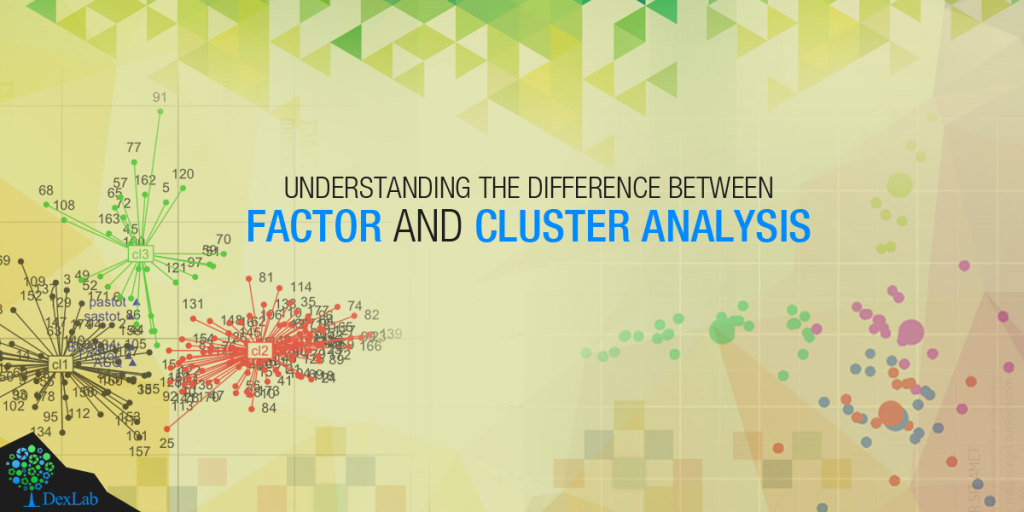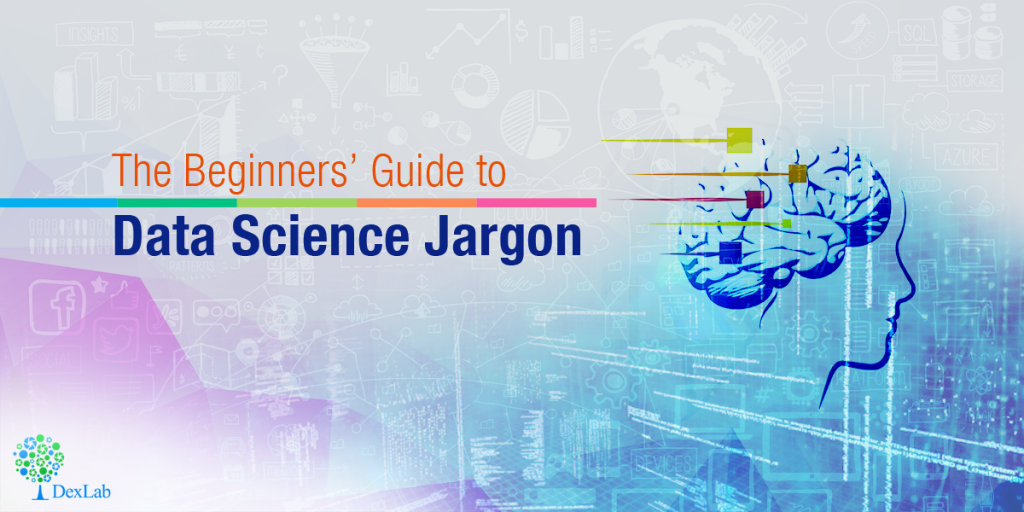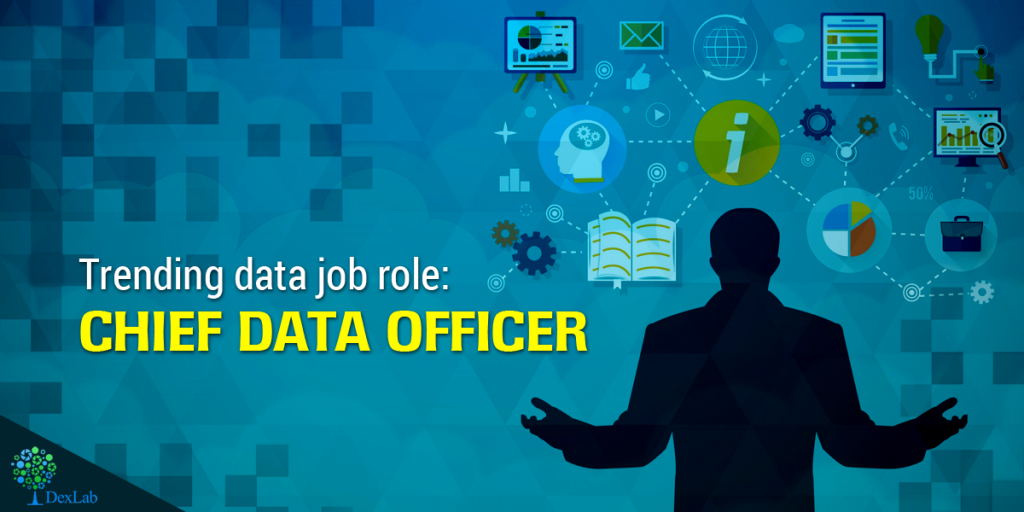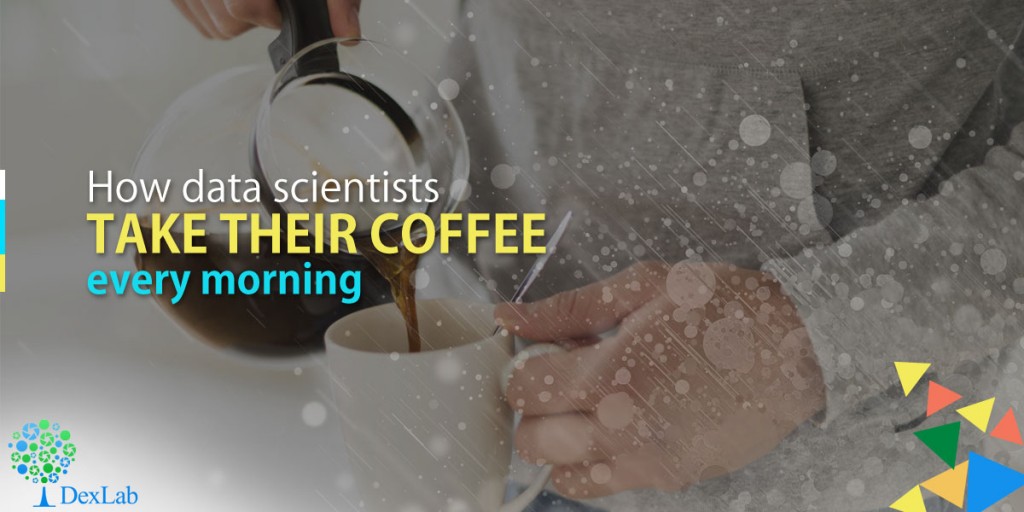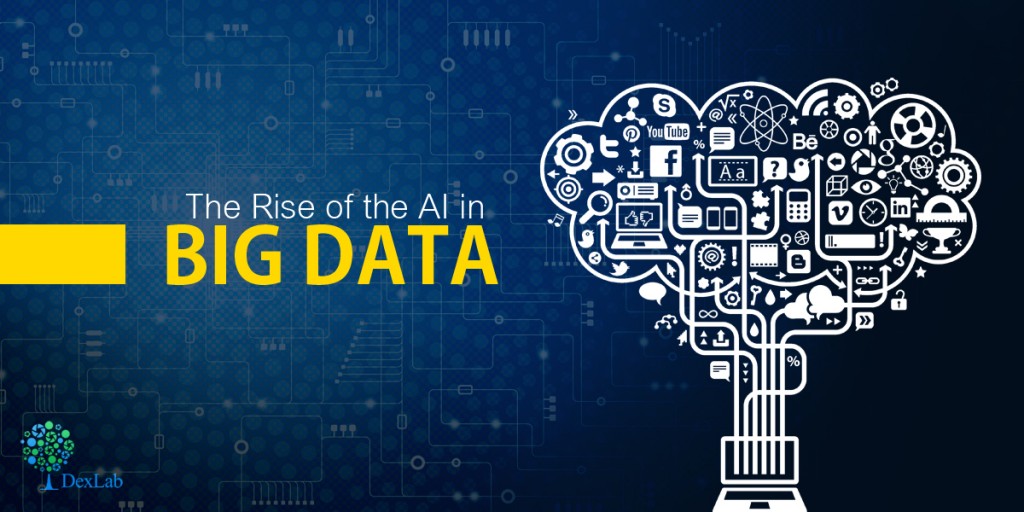With this Data analyst interview guide you will know what to expect in an interview round for a position of data analyst.
A good data analyst or scientist must be capable of drawing actionable insights from the data that a company generates. They must possess a good sense of what data they must collect and should have a solid process for carrying it out effectively using processes of data analysis and building predictive models.
A data analyst must possess a strong foundation in the following topics: operations research, statistics, machine learning along with some database skills, such as SQL or SAS in order to clean, retrieve and process the data from different sources. One can lead to this role from different pathways thus candidates can expect to be bombarded with questions relevant to statistics ort mathematics and even computer programming or engineering.
Data scientists are also often required to script programs using R or Python or Matlab and the role will typically not place emphasis on the programming skills or practices and the general software engineering skills which is necessary for working with production quality software.
Here is a list of common data analyst interview questions:
Operational questions:
- Describe the steps that you follow when creating a design a data-driven model to manage a business problem. For example you may try and automatically classify customer support mails, by either sentiment or topic. Another task may be to predict a company’s employee churn.
- What models would you classify as simple models and which are the ones that are complex according to you? What are the comparative strengths and weaknesses of choosing a more complex model over a simplistic one?
- What are the possible ways in which you can combine models to create an ensemble model and what are the main advantages of doing this?
- Tell us about certain pre-processing steps that you may carry out on data before using them to train a model and describe the conditions under which they may be applied.
Role specific questions:
About basic ideas in probability, statistics and machine learning:
- Define what is confidence interval and why do you think it is useful?
- What is the main difference between correlation and independence?
- What is Bayes Theorem? What is conditional probability? What is its use in practice?
- When and how do you understand that you have collected ample data for building a model?
- Tell us the difference between classification and regression.
Hope this list of common data science interview questions will prepare you for a job at a reputable data analysis company. For more such data science news, tutorials and articles with emphasis on programming and analytics view our regular updates from DexLab Analytics.
Interested in a career in Data Analyst?
To learn more about Data Analyst with Advanced excel course – Enrol Now.
To learn more about Data Analyst with R Course – Enrol Now.
To learn more about Big Data Course – Enrol Now.To learn more about Machine Learning Using Python and Spark – Enrol Now.
To learn more about Data Analyst with SAS Course – Enrol Now.
To learn more about Data Analyst with Apache Spark Course – Enrol Now.
To learn more about Data Analyst with Market Risk Analytics and Modelling Course – Enrol Now.

